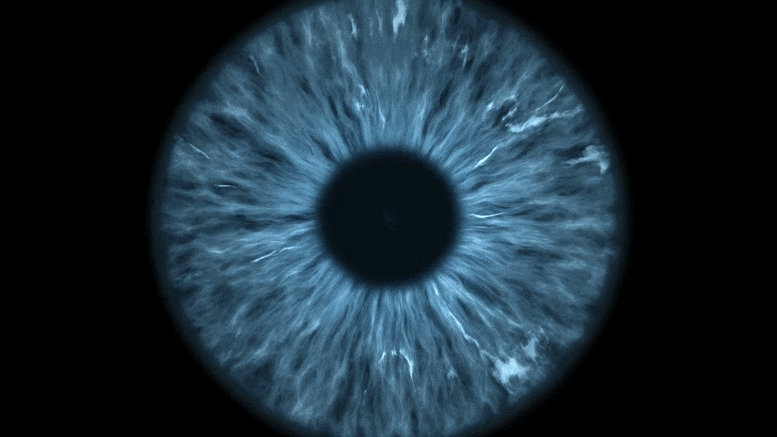The story of life on earth is often compared to a four billion year old torch relay. The flame that burns at the beginning of the chain transmits life in the same form downwards. But what if life were better understood through the analogy of the eye, a convergent organ that evolved from independent origins? What if life developed independently not once but several times?
In a new paper published in Journal of Molecular Evolution, Santa Fe Institute researchers Chris Kempes and David Krakauer argue that we need to develop a new theoretical framework to understand the full range of life forms.
Within their three-layer framework, Kempes and Krakauer asked researchers to first consider the entire material space in which life might occur; second, the constraints that limit the universe of possible life; and third, optimization processes that encourage adaptation. In general, the framework regards life as adaptive information and uses computational analogies to capture the central processes of life.
What if life could be better understood through the analogy of the eye, a convergent organ that evolved from independent origins?
–
When we look at life in a new context, there are several important possibilities. First, life appears time and again – some real adaptations are actually “new ways of life, not just adaptations,” explains Krakauer – and it takes a much wider range of forms than conventional definitions allow.
Culture, computers and forests are all forms of life in this context. Kempes explains: “Human culture lives on spirit matter, similar to how multicellular organisms live on unicellular organism matter.”
When researchers focus on the life characteristics of individual organisms, they often ignore the extent to which living organisms depend on entire ecosystems as basic materials, and also ignore the ways in which living systems can more or less live. Within the Kempes-Krakauer framework, however, another implication emerges: life becomes more of a continuum than a binary phenomenon. In this sense, the authors point to a large number of recent attempts to quantitatively classify life into spectra.
By looking more broadly at the principles of life, Kempes and Krakauer hope to develop theories that are more useful for the study of life. With clearer principles for discovering life forms and the range of possible new forms of life emerging from the new principles, not only will we clarify what life is, Krakauer explains, we will also be better equipped to “build tools for finding life, “To recreate it in the laboratory and see how far the life we see is alive.
Reference: “Diverse Paths to Multiple Lives” by Christopher P. Kempes and David C. Krakauer, 12 July 2021, Journal of Molecular Evolution.
DOI: 10.1007 / s00239-021-10016-2
–


